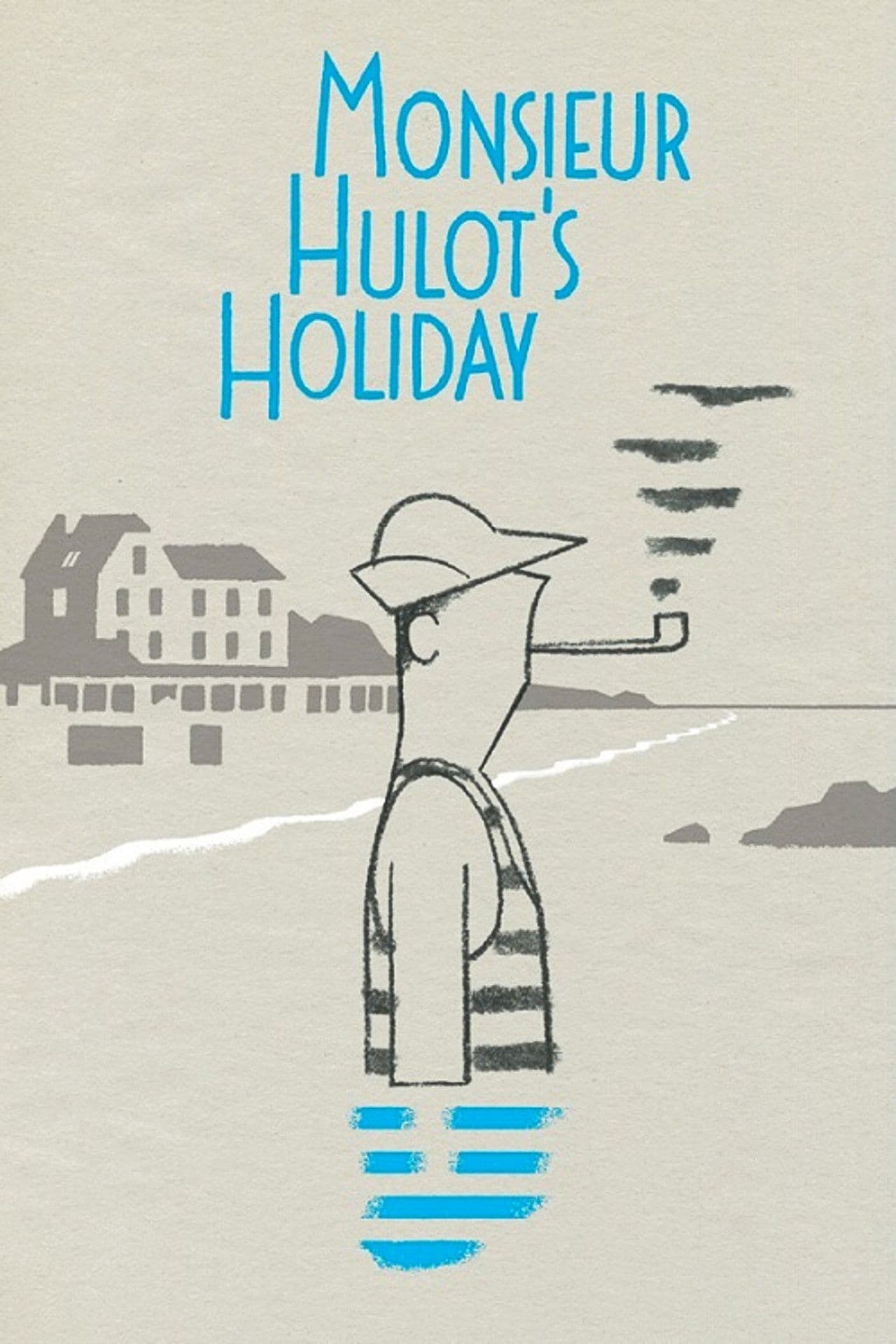
Monsieur Hulot's Holiday
1953
Rate this movie
Average: 5.00 / 5
(1 votes)
Director
Jacques Tati, unforgettable and sublime artist of French cinema, directs and stars in this delightful comedy about the holidays of Monsieur Hulot, a veritable plague that unfortunately descends upon a seaside hotel, causing gaffes, mishaps, and destruction of all kinds. His Monsieur Hulot, an ethereal and almost mythological figure, emerges from the waves with the awkward grace of a ghost, a living anachronism who, uttering barely a word, destabilizes the established order. He fits into an illustrious genealogy of cinematic clowns, an heir to Buster Keaton’s imperturbability, and to Charlie Chaplin’s melancholic eccentricity, yet Tati transcends mere imitation. This is not a comedy based on isolated gags or character psychology, but rather on a precise choreography of chaos and keen sociological observation. Hulot is not the center of gravity around which the narrative revolves; he is rather a catalyst, a rogue wave that, in its wake, reveals the small, ridiculous quirks and social rituals of a vacationing bourgeoisie just entering the era of mass tourism.
Some scenes are memorable, such as the catastrophic tennis match which, despite the injuries, captivates a charming English guest at the hotel. That sequence, a surreal ballet of askew volleys and unpredictable slips, is not just a slapstick tour de force; it is a microcosm of the entire work. The contorting racket, the unpredictably flying balls, the players finding themselves in absurd positions – everything contributes to undermining the claimed dignity of the bourgeois sporting ritual. The humor lies not so much in the action itself, as in the reaction – or lack thereof – of the spectators, motionless in their deckchairs, absorbed in an experience that defies all sporting logic, yet entertains them precisely because of its unpredictable, almost Dadaist, performance.
Tati's humor plays on the underlying layer of uncertainty generated in the spectator, who ultimately never manages to understand whether the clumsy protagonist is aware of the disasters he causes or is completely oblivious to them. This ambiguity is not a flaw, but the stylistic hallmark of a cinema that rejects explicit psychology in favor of an almost anthropological observation. Tati invites us to become ethnographers of small human interactions, to grasp the rustle of a newspaper, the creak of a door, the sound of a car starting with infernal noise – all elements of an orchestra of noises and unsaid things that replaces traditional dialogue. Sound, in Tati, is not mere accompaniment; it is an integral part of the gag, an ironic commentary, or a disruptive element that amplifies the visual paradox. Human voices blend into an indistinct hum, becoming background noise, almost as if to underscore the insignificance of conventional chatter in the face of the pure and disarming authenticity of involuntary action.
Tati's genius lies above all in the character's posture, his skillful way of moving him through the scene, making him perform surreal interactions with the other characters he encounters. Hulot is a silhouette, a mobile reference point in often static shots, dense with details and human figures moving with almost mechanical precision. It's a pictorial approach, almost a tableau vivant in constant flux, where every visual and auditory element is calculated with maniacal precision. The bus stopping with a metallic sigh, the boat capsizing with a mocking slowness, the swing door incessantly banging: every object, every sound fragment, is a character in itself, a silent accomplice to Hulot's disasters. Tati's direction is a lesson in expressive minimalism and maximum comedic effect, a visual and auditory architecture where the editing is often extended, almost as if to prolong the comedic agony or the moment of pure astonishment.
From these improbable encounters emerges a surge of pure bewilderment, an assault of hilarity that catches in the throat. But beyond the laughter, "Monsieur Hulot's Holiday" offers a subtle, almost melancholic reflection on advancing modernity. The film, though set in the 1950s, captures the essence of an era in which social conventions and leisure rituals were undergoing a profound transformation. The beach of Saint-Marc-sur-Mer, where Tati meticulously recreated the atmosphere of his childhood holidays, becomes a stage for a diverse humanity, intent on enjoying the first true mass "congés payés" (paid holidays). Hulot, with his involuntary subversion, tears away the veil of a placid, albeit rigid, normality, revealing the inherent absurdity in habits and expectations. It is not a didactic or overtly satirical film; its critique is more a suggestion, an ironic smile that settles upon the automatisms of bourgeois life, on the forced pursuit of amusement, on the rigidity of certain traditions in the face of the emergence of individuality, however involuntary. In this sense, Tati's work approaches the theatre of the absurd, while maintaining an unmistakable lightness and grace. His influence is palpable in subsequent cinema, from masters of the visual gag to directors more attentive to the film's sound score, and his detached yet affectionate approach to humanity continues to resonate.
A work that delves into the roots of comedy, revealing not only the mechanism of laughter, but also the complex and often comical nature of human existence. "Monsieur Hulot's Holiday" is not just a film; it is an artistic manifesto, a sensory and intellectual experience that, nearly seventy years after its release, retains its undiminished ability to surprise, entertain, and provoke thought, confirming Tati as one of the most original and visionary visual thinkers of the 20th century.
Country
Gallery
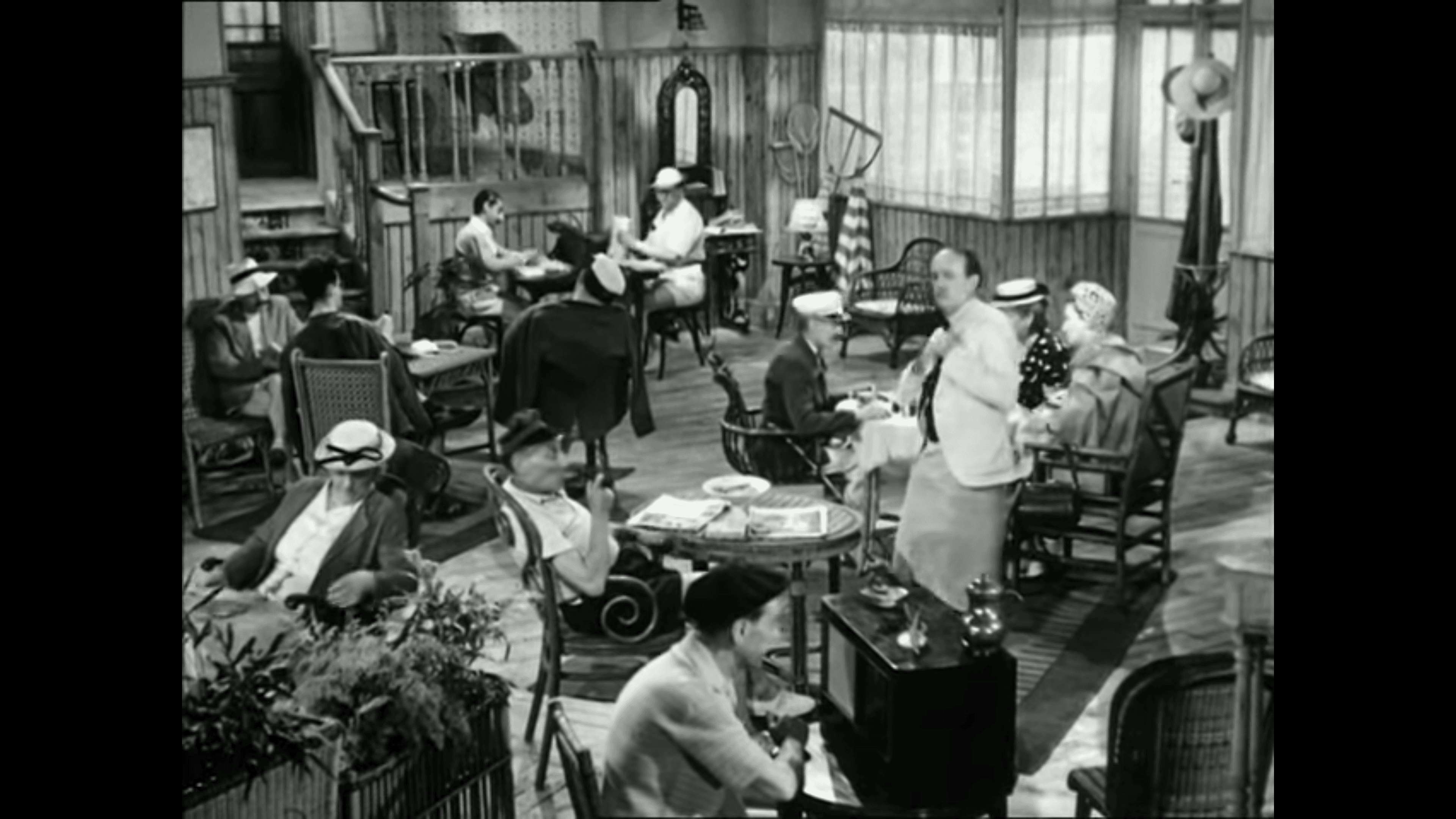
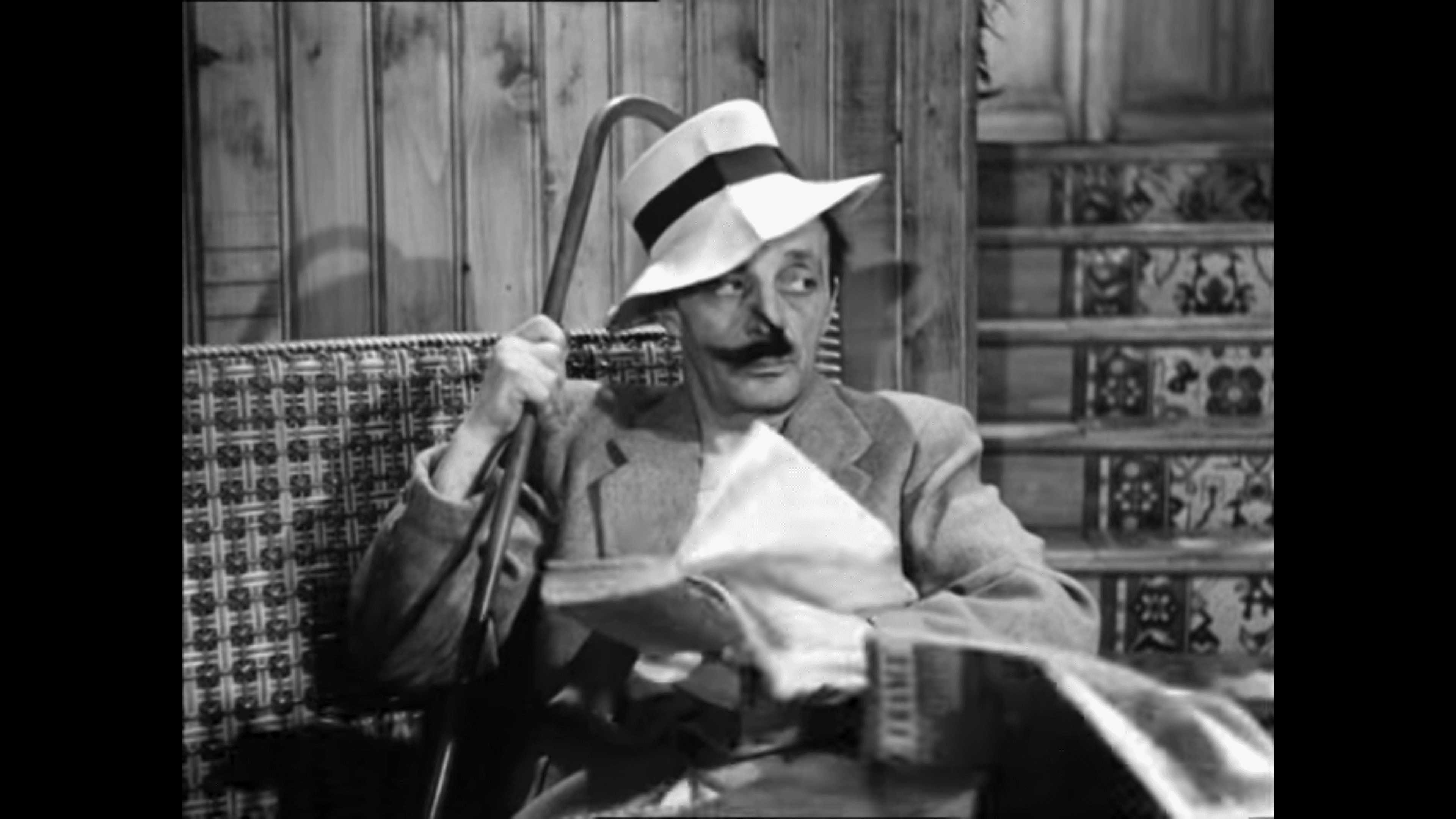
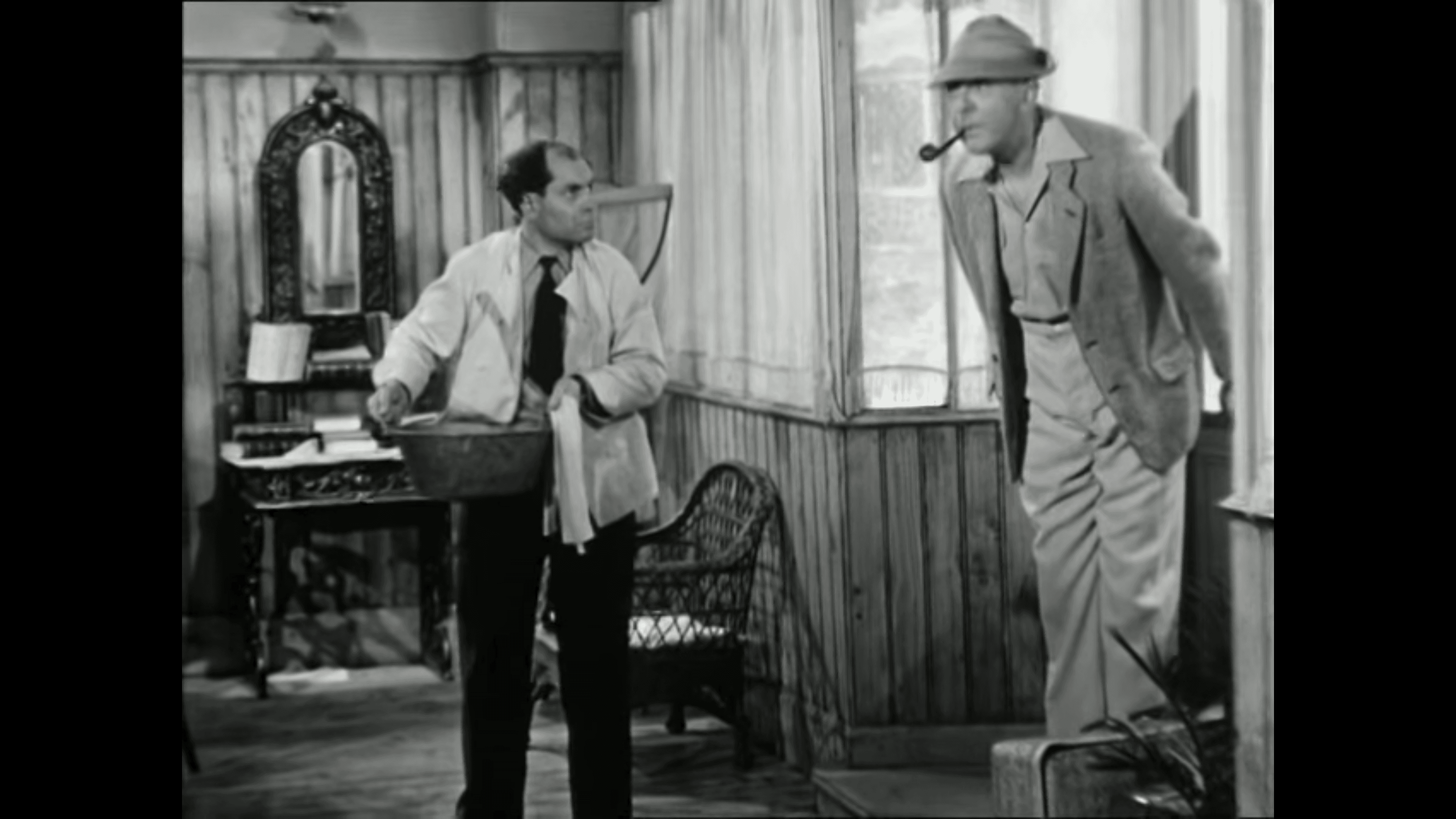
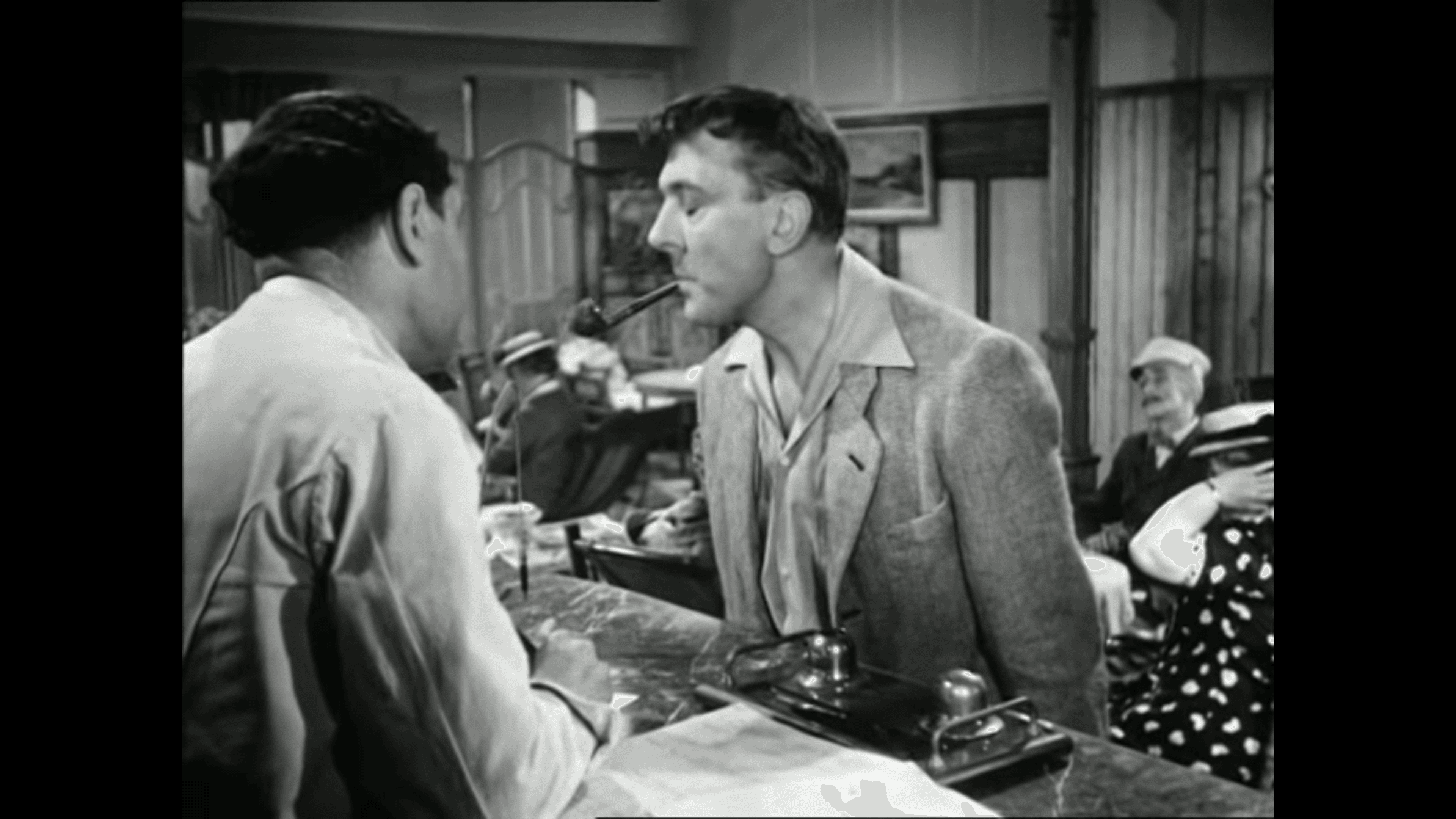
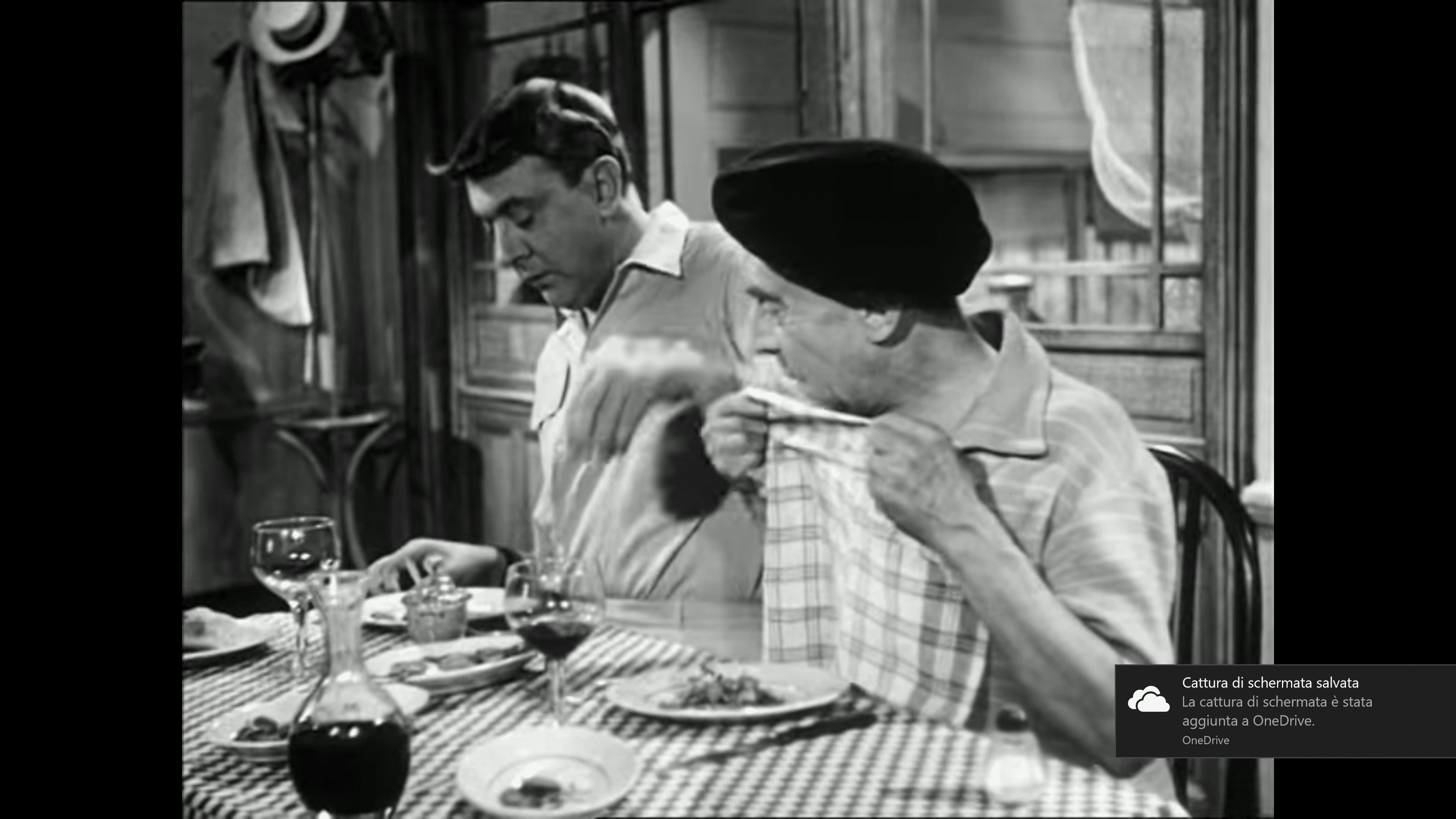
Featured Videos
Official Trailer
Comments
Loading comments...